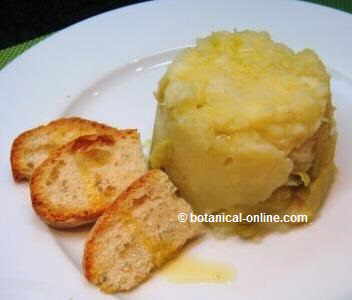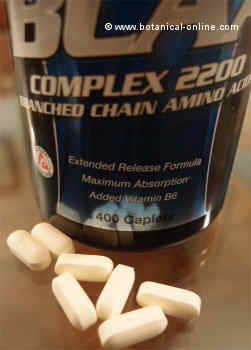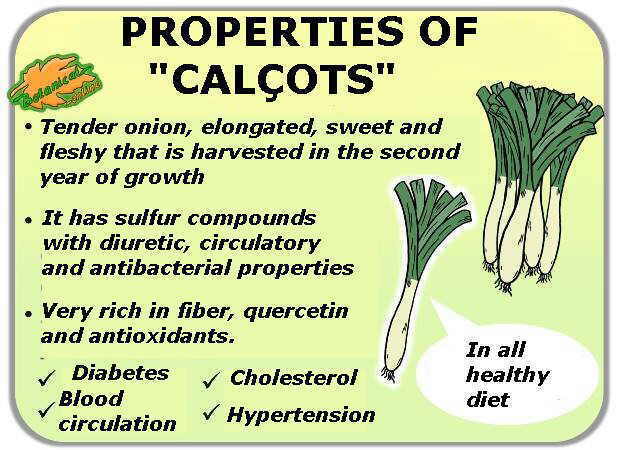Contents
- 1 Why is water so important for humans?
- 2 Water is essential for many body functions
- 2.1 Water is necessary for the digestion and the expulsion of foods
- 2.2 Water is needed for the expulsion of the metabolic waste through the urine
- 2.3 Water is required to regulate body temperature
- 2.4 We need water for the distribution of oxygen and nutrients to the cells
- 2.5 Our body uses water as a lubricant
- 2.6 Water is essential for the correct state of the cells
- 3 Main sources of water. Where does the water in the body come from?
Why is water so important for humans?
Water is the main constituent of our body
Water constitutes an essential element for life. Most organisms on Earth have water in their composition to a greater or lesser extent. Moreover, most of the chemical processes that take place in organisms need this element.Water is also an essential element for the human body. The importance of water is that our body is composed primarily of water, reaching a proportion of 60%.
Without water, the human body rapidly deteriorates in a process called dehydration. If water is not ingested, a dehydrated person dies.
There are records that man has endured 90 days without eating, but without water one could not live more than 5 days, being the maximum limit for an average human body 3 to 4 days.
Water is essential for many body functions
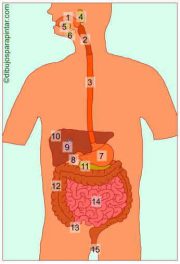
Besides being part of all tissues, water is also necessary for many body functions, in particular:
Water is necessary for the digestion and the expulsion of foods
Water allows to digest foods. Foods also need it to move into the digestive tract.
Water, along with fiber, helps perform peristalsis (intestinal muscle contractions) that will end with the expulsion of feces in defecation.
It is necessary to drink water and take adequate fiber to avoid the fecal retention that could promote common illnesses such as constipation, diverticulitis or inflammation of the colon.
Water is needed for the expulsion of the metabolic waste through the urine
The body’s metabolism produces toxic substances that have to be expelled from the body to prevent its own poisoning.
All mammals, including humans, excrete urea as a result of protein metabolism. Humans expel an average of 30 grams per day of urea diluted in water through what is known as urine.
It is necessary to drink plenty of water to help the kidneys to expel waste products, including calcium, whose accumulation in kidneys can cause kidney stones.
Water is required to regulate body temperature

The human body loses water through the pores. Its lost is done continuously through what is called transpiration. Normally we lose, although we do not realize it, between half a liter and three quarters of a liter a day. The amount is much higher when it’s hot or when we make an effort. This water evaporates, dragging the body heat, so temperature decreases.
Doing sports, one can lose up to two or three liters in less than two hours.
An important loss of water is also lost through respiration. Normally there is a daily loss of 33 cl, but this is greater when there is an effort that leads to increased respiration.
We need to drink more water in a hot day or when we increase the activity to compensate for the loss that has occurred through the skin or breathing.
We need water for the distribution of oxygen and nutrients to the cells
This distribution is done through the bloodstream. Given that blood has a 90% water, we can estimate its importance as a distributor of oxygen and cell nutrients.
Our body uses water as a lubricant
Water reduces friction between the parts of the body that come into contact. The eyes need water to stay constantly wet. Lacrimal glands constantly produce enough liquid for this purpose. An alteration of this function, along with other eye diseases, is responsible for the appearance of dry eye syndrome or Sjögren syndrome.
Similarly, water is an ideal lubricant for the movement of joints. The tongue is constantly moist, mucous membranes need water, etc
Water is essential for the correct state of the cells
Cells need water to have a certain structure. We can say that this element sets the shape of the human organs. We need adequate hydration to keep the body perfectly balanced. However, as we grow older, there is a loss of water due to a lower body’s ability to retain this liquid and because aging people are generally less thirsty than young people.
The skin is one of the organs that better shows this lack of hydration. This is what leads to the appearance of wrinkles, or flaccidity due to the aging of the skin.
It is necessary to be conscious of this fact to understand that we must drink water in abundance to maintain our bodies healthy and our skin youthful.
Main sources of water. Where does the water in the body come from?
Water from food and drinks
We can get water from our diet. Drinking water or other beverages provides the most of water to our body. According to the importance of the source water comes from , we have the following sources:
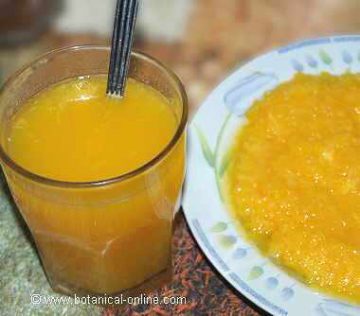
- Water, soft drinks, juices, tisanes (tea, coffee, etc) etc: Drinks represent nearly two thirds of the water we consume daily. Pure water or beverages that are based on water are the main sources that provide water to the body. This contribution reaches 60% of total water intake throughout the day. In all, they come to make a liter and three-quarters of a liter or so. A little more than a third part comes from the foods that we eat. Among them in order of importance we have:
- Vegetables: More than 17% of daily water comes from the plants we eat, mainly from fruits and vegetables, which is about 1 liter per day. Of all the plants, those that contribute the most are the vegetables, which have a water content between 90 and 96%. Cucumber with a 96% has the greatest proportion on water.
- The content of fruits is also very high in water (from 73 to 80%). some even exceed this ratio. Melons have a 89.97% water, making them a lighter fruit. On the contrary, dried fruits have less amount, therefore the walnuts only have a 4%. Legumes are vegetables with little water.
- Milk and dairy products: Slightly more than half a liter daily water intake comes from milk and milk products, accounting for approximately about 10%. Within this group milk contains most water, with an approximate ratio of 90%, while cheeses range between 39% and 59%, depending if they are drier or more tender, respectively.
- Cereals: This food group contributes approximately with a 8% of water. Among all foods in this group, bread, which is the most regularly consumed cereal, has the highest proportion. Bread usually contains a 39% water, however some dried cereal products, like cookies, tend to move at rates not less than 5%.
- Meat and fish: This food group provides 2% water. Fish contains between 73 and 84% water and meat between 50 and 70%. Poultry meat is the richest within the group of meat and seafood, among the group of fish.
Water from body metabolism
Besides the water that we ingest directly and the liquids and foods containing water, it is necessary to mention the water that the body produces through metabolism and that amounts to one third of a liter daily.
Related information: Hydrotherapy, Is it good or bad drinking too much?
![]() More information on water
More information on water






